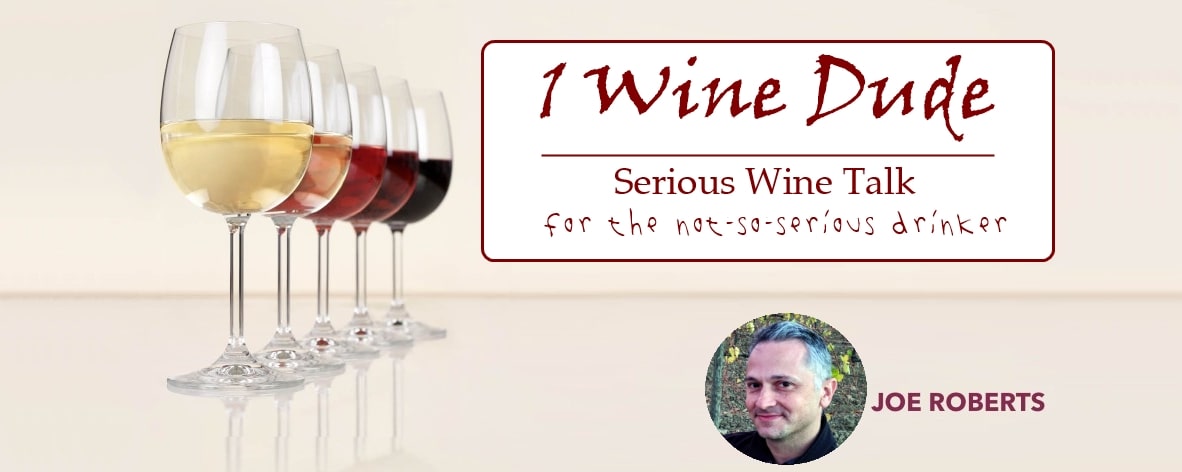2016 Larry Hyde Hyde Vineyard Estate Syrah (Carneros): A smooth – and fruity – character, who’s surprising in ways that are pretty much entirely good. $60 A- 2015 Clos du Val Hirondelle Vineyard Estate Cabernet Sauvignon (Stags Leap District): Basically, this is Cab that’s as big as life ina ll of the ways that you…
Month: December 2018
The Future Of Wine Writing, Revisited
So… several days ago, I published a minor screed on what I perceived as the grim future of wine writing, which ended up generating a good deal of discussion and more traffic than most people send here to actually read about wine itself… but anyway… One of the best responses to my rant came via…
Wine Reviews: Weekly Mini Round-Up For December 24, 2018
2017 Susana Balbo Brioso White Blend (Valle de Uco): There’s pretty much nothing about this floral little number that isn’t tasty, or expressive. $24 B+ 2016 Dominio del Plata BenMarco Expresivo (Mendoza): Herbs, violets, and more sexiness than Right Said Fred could have handled. $34 B+ 2016 Bodegas Forjas del Salnes Leirana Finca Genoveva Albarino (Rias Baixas):…
Keep Those Fedoras Handy (Adventuring Beyond Barbera In Monferrato)
We’ve finally (!) come to the end of my first go-round with the Monferrato Barbera folks over at MyNameIsBarbera.com. Hard to believe that initial Barbera gig has finished (though I may be working with the Piedmontese in other capacities in the new year – stay tuned). In my final piece in the Barbera Moves series,…


